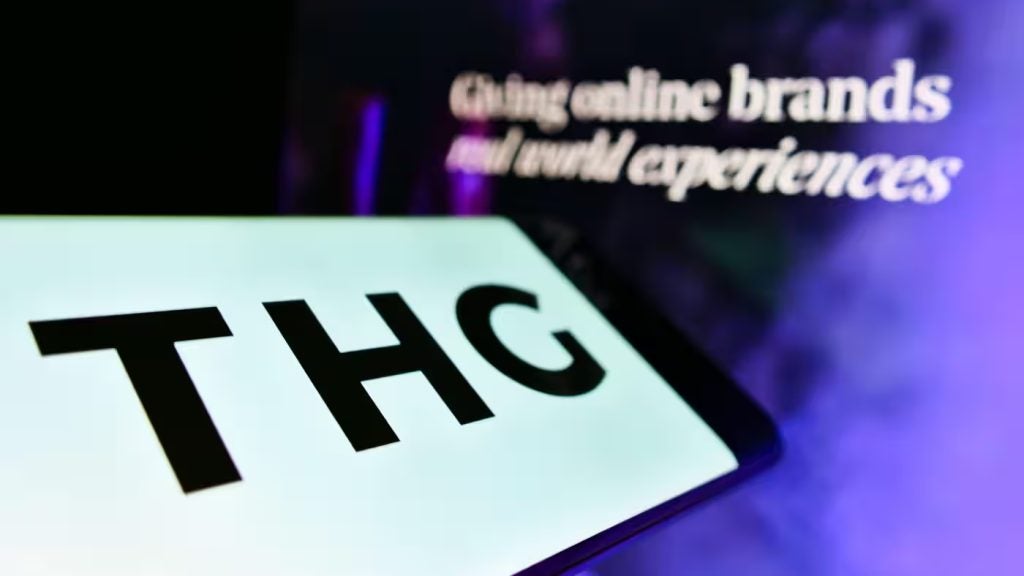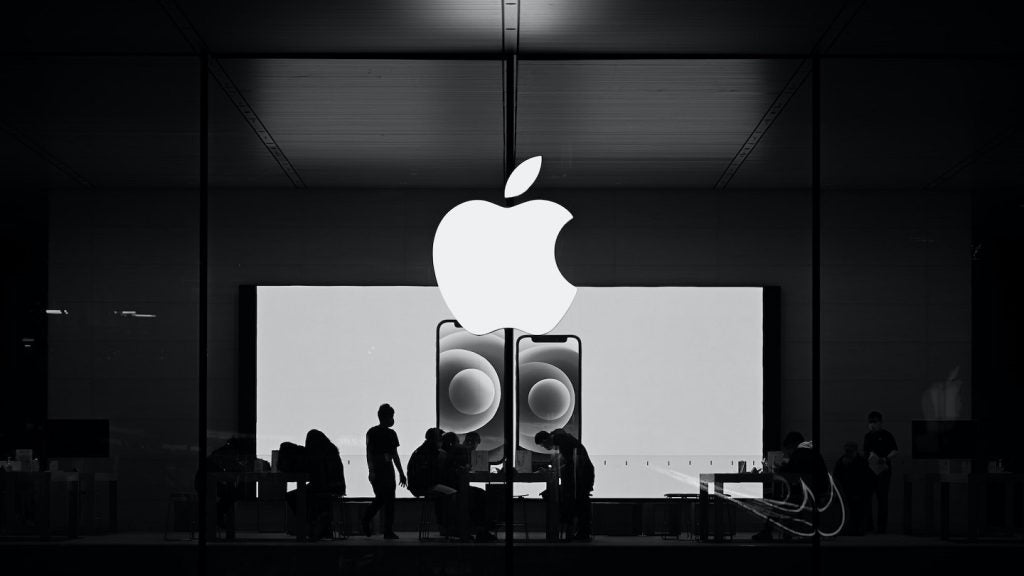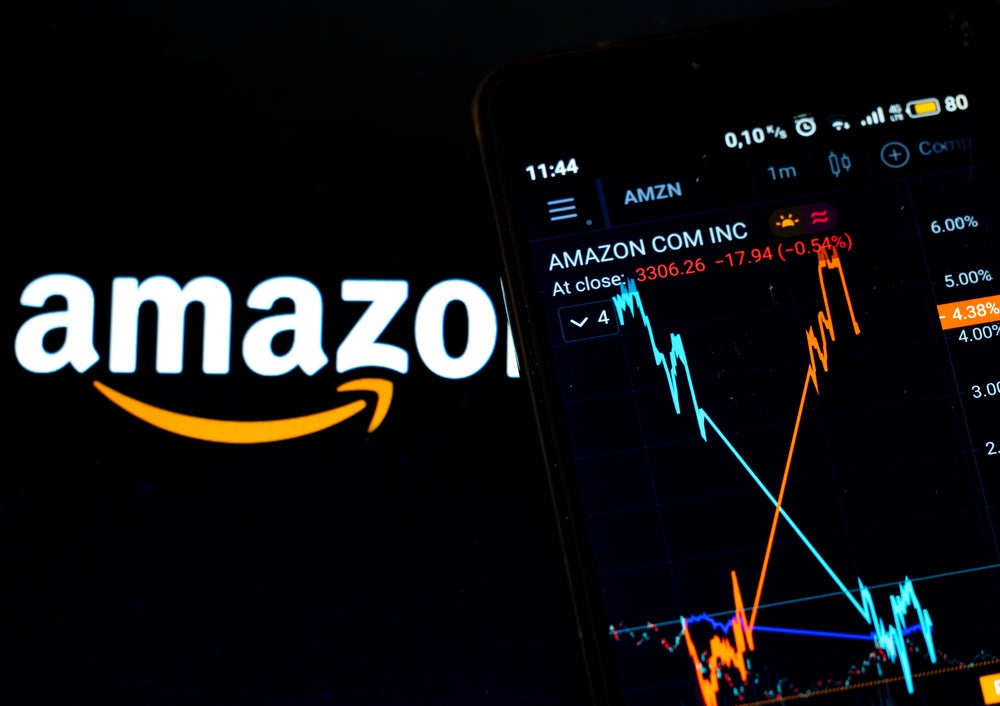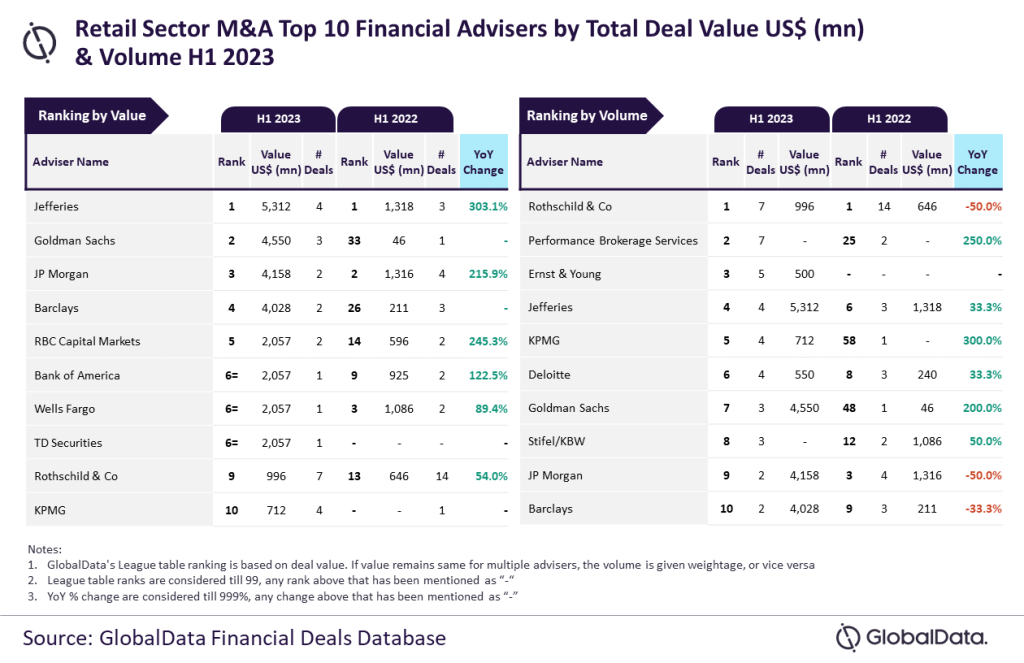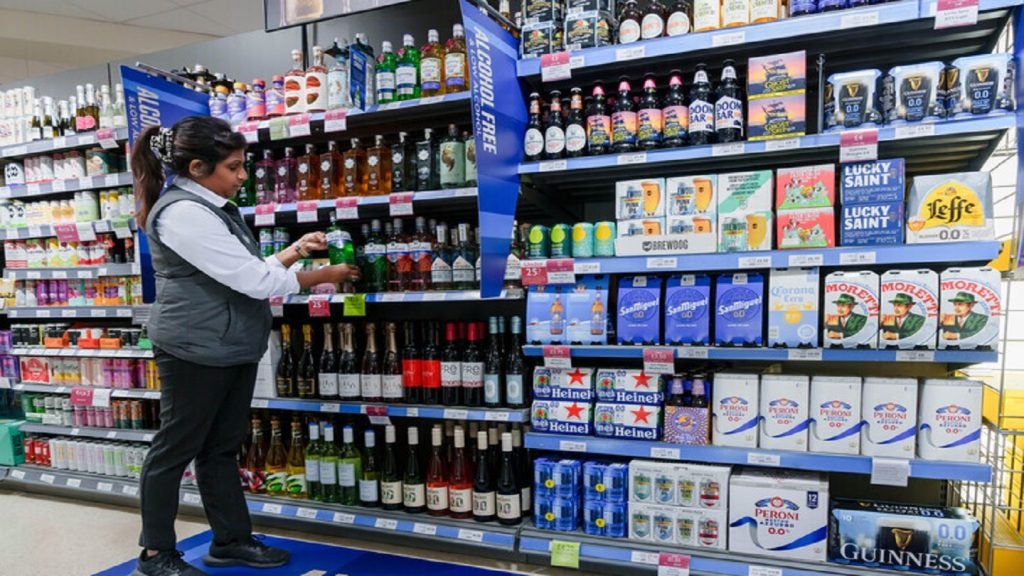The Hut Group (THG), the Manchester-based global e-commerce technology group, led the way in influencer marketer hirings over the May to July period, according to GlobalData’s job analytics.
Nine new listings for THG were identified across the period, including roles for senior influencer and ambassador manager, group influencer marketing lead, influencer managers and executives and influencer content manager.
Other top performers in influencer marketer recruitment include Rihanna’s Lavender Lingerie (doing business as Savage X Fenty) and luxury brands Hermès International and Kering.
THG, which owns brands such as MyProtein, LookFantastic and GlossyBox, has a track record of out-performing competitors in the direct-to-consumer (D2C) market, leveraging the followings of influencers such as Molly-Mae Hague, Morgan Rose Moroney and Razi Khan, to increase brand awareness and sales via discount codes.
Amid increasing sales and revenues, THG has nevertheless struggled with widening losses in recent times, as home shopping wanes post-Covid and prices of vital commodities (such as whey for its sports nutrition business) rise. The group reported 2.7% growth in revenues to £2.2bn for the financial year ending December 31, 2022, and a total sales growth of 38.8% over two years, while losses widened to £550m.
Influencer marketing boosts ROI by significant margins
Unlike traditional “parasocial” marketing methods like print and TV advertisements, influencer marketing draws upon the “trans-parasocial relations” that hold between prominent social media figures and their followers.
The efficacy of influencer marketing has been explained through social learning theory, social comparison theory, source credibility and parasocial interaction.
Indeed, according to a study from Convince and Convert, influencer marketing received 11x the return on investment (ROI) than banner ads did.
Our signals coverage is powered by GlobalData’s Disruptor data, which tracks all major deals, patents, company filings, hiring patterns and social media buzz across our sectors. These signals help us to uncover key innovation areas in the sector and the themes that drive them. They tell us about the topics on the minds of business leaders and investors, and indicate where leading companies are focusing their investment, deal-making and R&D efforts.


